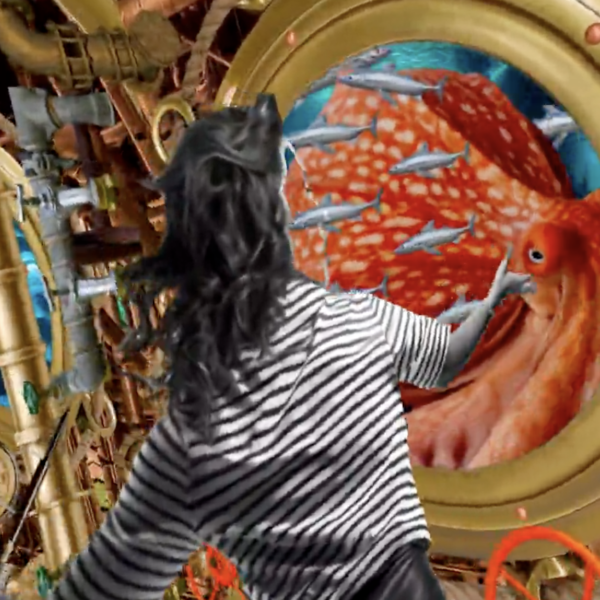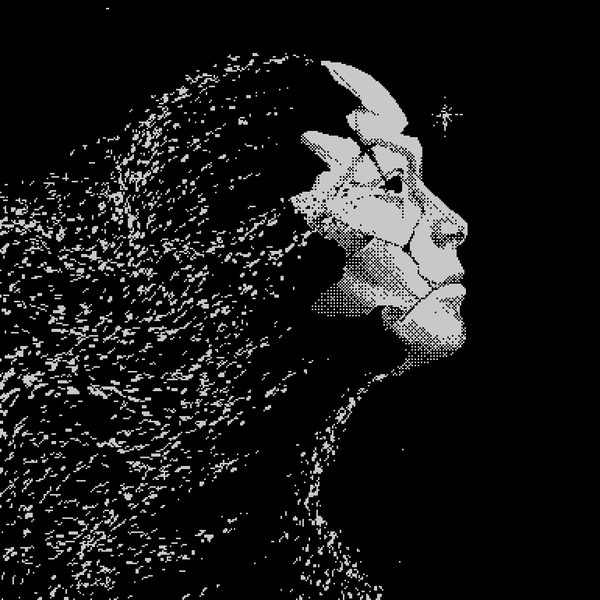Somewhere Between Reality and a Dream with Pho
We had the pleasure of chatting with renowned digital artist, Pho. Many of his pieces are inspired by his dreams, and created digitally with trippy movement. In this interview, we dive into Pho’s musical background, his journey thus far as an artist, and how he turns dream-journal entries into meaningful works of art. Please note, this conversation has been edited for brevity and clarity.
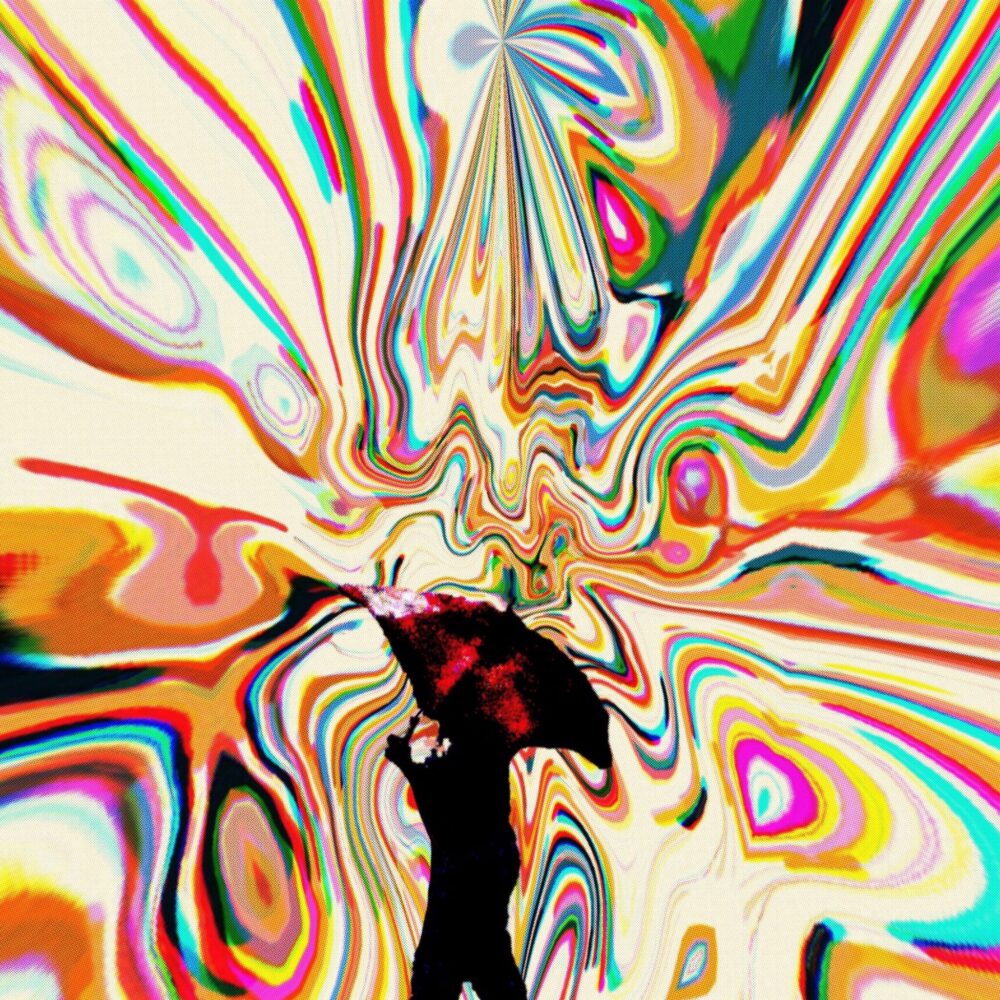
Q: Were you artistic growing up? Walk us through where the art roots started for you, prior to your professional status now.
PHO: I think for me it’s pretty different from most other artists. I actually just started making art two and a half years ago, maybe three. Before that, I was really into music. When I was really young I learned a bit of the guitar, a bit of the keyboard, and I can play the drums a bit. I knew the big artists, like Van Gogh and Dali. I actually have had a huge Dali print in my room for five, six years now. I want to say it led from music, because I was making music and I was thinking if I released something, I could make the art for it– and that’s kind of how it began for me.
Q: Which mediums did you feel drawn to create with?
PHO: A friend of mine introduced me to Photoshop in late 2020. I just started messing around with it and it’s something I found myself doing every day. Then I downloaded other programs like MS Paint, Procreate, Blender, and tried all these different things. I realized making art is insanely fun. After that, I bought a sketchbook. I had learned to do something with music, but there was a whole other art world that I hadn’t explored yet. It was like finding a gold mine. Since then I’ve been making art pretty consistently. I started this account in 2013, and it used to be my personal account. I started posting art like mid 2021, early 2021. I had maybe 1,000 followers. Since then, I’ve been posting biweekly, almost nonstop. So to me, I think I found something I really love to do and I see myself doing it forever. And it’s still fun. Even all these years later doing it every day, I still look forward to it. It’s like a therapy or a meditation session where you’re not really thinking, you’re just in the present moment. So for me, it’s something beautiful.

Q: One of your first digital pieces is called “Seconds after death I left my body.” Can you tell me a little bit more about that piece?
PHO: I had been messing around for a while, but I consider it one of my first official pieces. I have a few dream journals that I’ve been writing in over the years. I have had really intense dreams since I was very young. I used to write a lot in my dream journal, and I remember struggling with sleep paralysis. One time I actually saw myself leave my body– it was the scariest thing at 11 years old. I would tell my mom and she was like, “It’s a night terror, it’s just a nightmare,” but it kept happening maybe once or twice a week. So to me that was terrifying. I did my own research. I found out what all that was, and when I found that old dream journal, I was like, “Okay, maybe I can recreate some of these in art form,” and that was kind of the beginning of that vision, because first I was just trying to hone my skills and get better at putting what I was envisioning in my head to the digital canvas.
Q: Several of your pieces have to do with dreams. Did they originate in your dream journal as well?
PHO: Definitely, I actually have a collection called Recurring Dreams, and they’re all entries from my journal. So it’ll say, “Page 42,” or something, and then it’ll say the dream, and what I wrote in the journal. You know you only remember a dream for a minute or two, right? So I would wake up, be super drowsy and be like, “Okay, just write enough to remember it,” and I would write enough. Sometimes the dreams would be super vivid, so the next day it’d be easy to write it. But sometimes– even just having that feeling you felt at the moment and writing it down is enough to remember.
Q: For anyone who’s not familiar with your work, let’s say a new collector or just a new appreciator, how would you describe your style?
PHO: I think my style is a mix of modern psychedelic and abstract, it’s very experimental. A name I gave it before was abstract multimedia because of the different methods I’ve used. When I go to create a piece, I don’t always have a clear vision of how and what to make. Sometimes I start on Blender, sometimes I start on Photoshop, sometimes I start on Procreate. Sometimes, it’s a reference from a photograph I took, like the piece Vince collected– I actually took the photograph myself and then drew on top of it and messed around with it. I really like to explore a bunch of different ways to create. So I would say something along the lines of abstract multimedia. I’ve also called it pho-ism, because I don’t really see anyone else doing this. There are many different ways of creating.
That feeling is very rare, when you find something that is unique to you, that you enjoy doing, and that you can see yourself doing for a very long time. I think it's a feeling worth chasing.
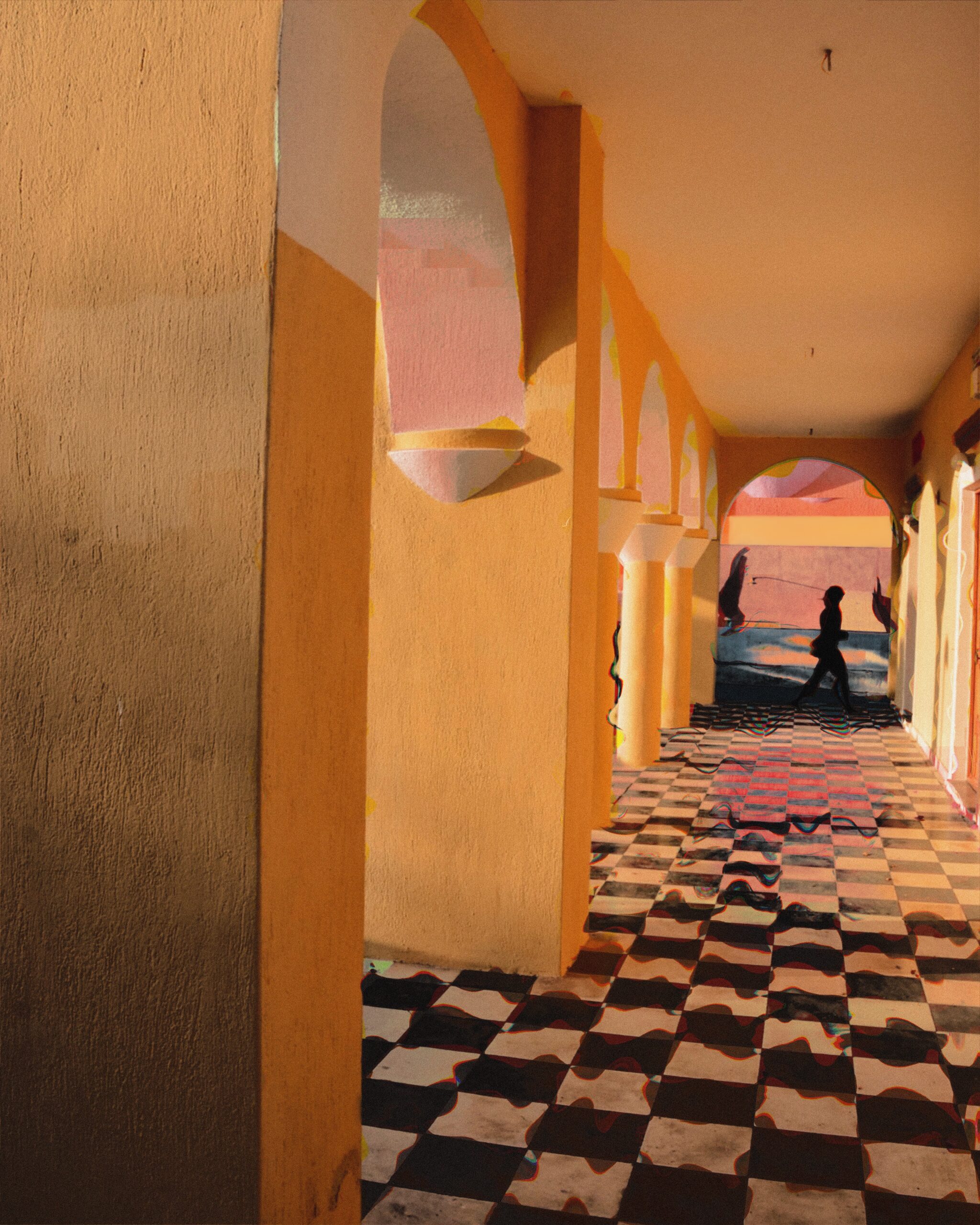
Q: Was there something else that you thought you would do growing up? It’s interesting to me that you found some of this love for creating art in the last two years. Was there another path you always envisioned yourself taking?
PHO: Growing up, I always loved anything to do with space. As a kid, I wanted to be an astronaut. I actually used to study physics as well. To me, it’s the way the universe works and the way it was made. Everything around us already sounds insane to the normal person, just the way it works– and it is. That’s always been super fascinating to me. I would say something to do with space, definitely. My goal originally was, like I said, an astronaut, but that was as a kid. As I got older, I was thinking I could be an astrophysicist or something to do with physics and astronomy. I’ve always had music, and I started taking it seriously my last two years of high school. A little bit after graduating, I started actually wanting to pursue music. Funny enough, that’s how I found art, just trying to make art for myself, for my own music. I think it was meant to be. The whole journey just fit perfectly. I just kept following my intuition and doing what I was enjoying because I knew there was something there. That feeling is very rare, when you find something that is unique to you, that you enjoy doing, and that you can see yourself doing for a very long time. I think it’s a feeling worth chasing.
Q: How did you fall down the crypto rabbit hole? How did you find yourself creating NFTs?
PHO: I hadn’t heard of them until, I want to say early 2021, maybe late 2020. I think that’s when it was starting to pick up for a lot of people. I had heard of Ethereum. I had mainly heard of Bitcoin, and that’s how I found NFTs. I was just so engulfed in the process of creating art, barely scratching the surface of what creation could be, that I didn’t even think about selling or really doing anything with my art until six months in. That’s when I started selling prints, and it was okay, it was fine. I got introduced to NFTs by a friend that knew a bit about crypto.He had talked to me before about Bitcoin and Ethereum, and he was actually telling me Ethereum’s going to pump up. I minted my first piece in November of last year, 2021. It ended up selling in a few days to a collector named Unknown Collector.
Q: What do you feel is the underlying connection between art and technology? Does creating art for the crypto space change your work in any way?
PHO: Well, I work and create so much that I only mint really 10% of what I make. I really focus on my best pieces to be the ones to mint. That’s still how I do it, really. I only want to mint my best work. I’ve seen what you can do with smart contracts. I’ve also kind of fallen in love with the technology side of it now, because it gives you an extra layer to add that story or to add that message you’re trying to send. You can do so much with it that it’s really limitless. I think I just also fell in love with the technology, especially this last year. These last six months where I did my research and figured out Manifold, figured out what it means to have your own contract, why you should mint your work on your own contract, all these different things instead of just minting and posting art. That’s the thing most artists do– because they want to focus on their craft, and they don’t really see a point in learning the technology. But I think it’s important to understand. I think it’s important to know and use it because it can help with the story, and it can help with the development of your work as well.
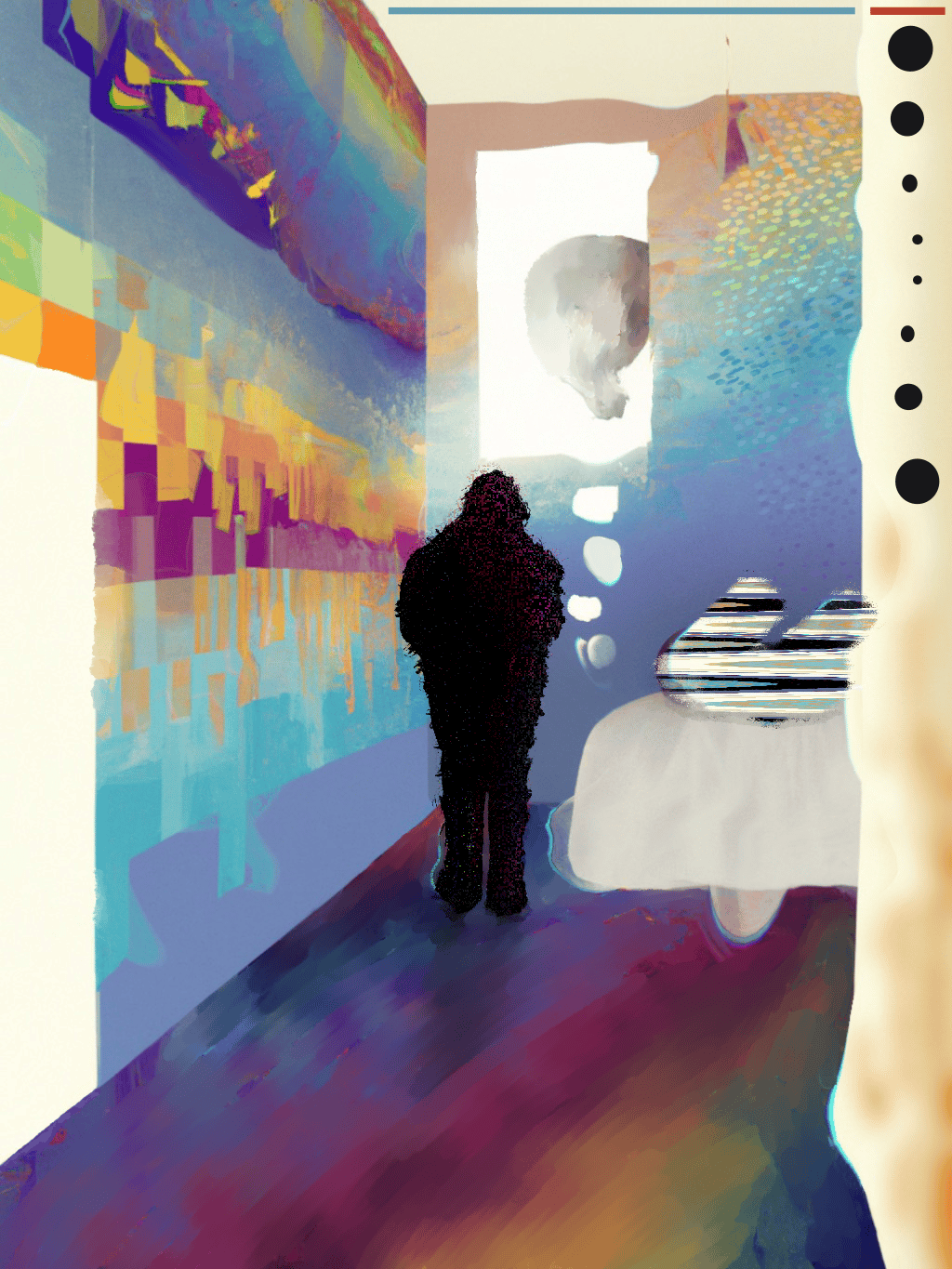
There was a saying that my dad used to tell me, because he had struggled with addiction, so he used to tell me, "If another man beats you, then you know you gave it your all. But don't lose to yourself."
Q: What are your main sources of inspiration?
PHO: Music is a big inspiration. Every time I’m creating, I listen to a range from classical Chopin to, I don’t know, metal. I’m also inspired by science, like I said. I recently got a microscope, and I had an idea to reference some of the images I had taken from the microscope into a piece. I’m also inspired by films. I have recently been watching a lot of films, getting into older films and newer films. Anything with a great story that’s written well. I’m inspired by friends, and obviously people around me, like Tjo. There are a bunch of great artists that surround me that I speak to fairly often. Everything in life really inspires me. I think right now I’m going through a second phase, where I feel like I can really do anything– and it is just out there waiting. I’m feeling super inspired and I hope to continue this run.
Q: What do you want to be remembered for?
PHO: It’s funny, I don’t think I’ve ever thought of that. I think I just want to be remembered as someone that was honest in his work and gave it his all. There was a saying that my dad used to tell me, because he had struggled with addiction, so he used to tell me, “If another man beats you, then you know you gave it your all. But don’t lose to yourself.”

